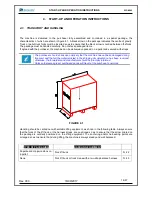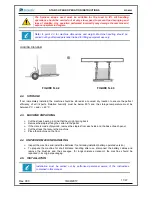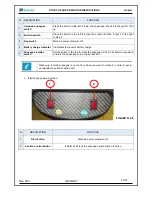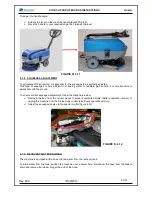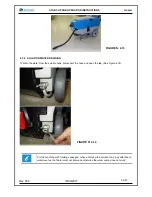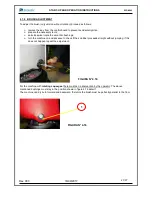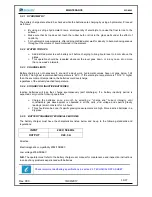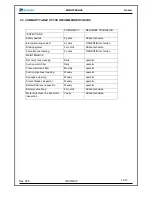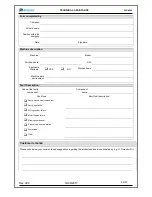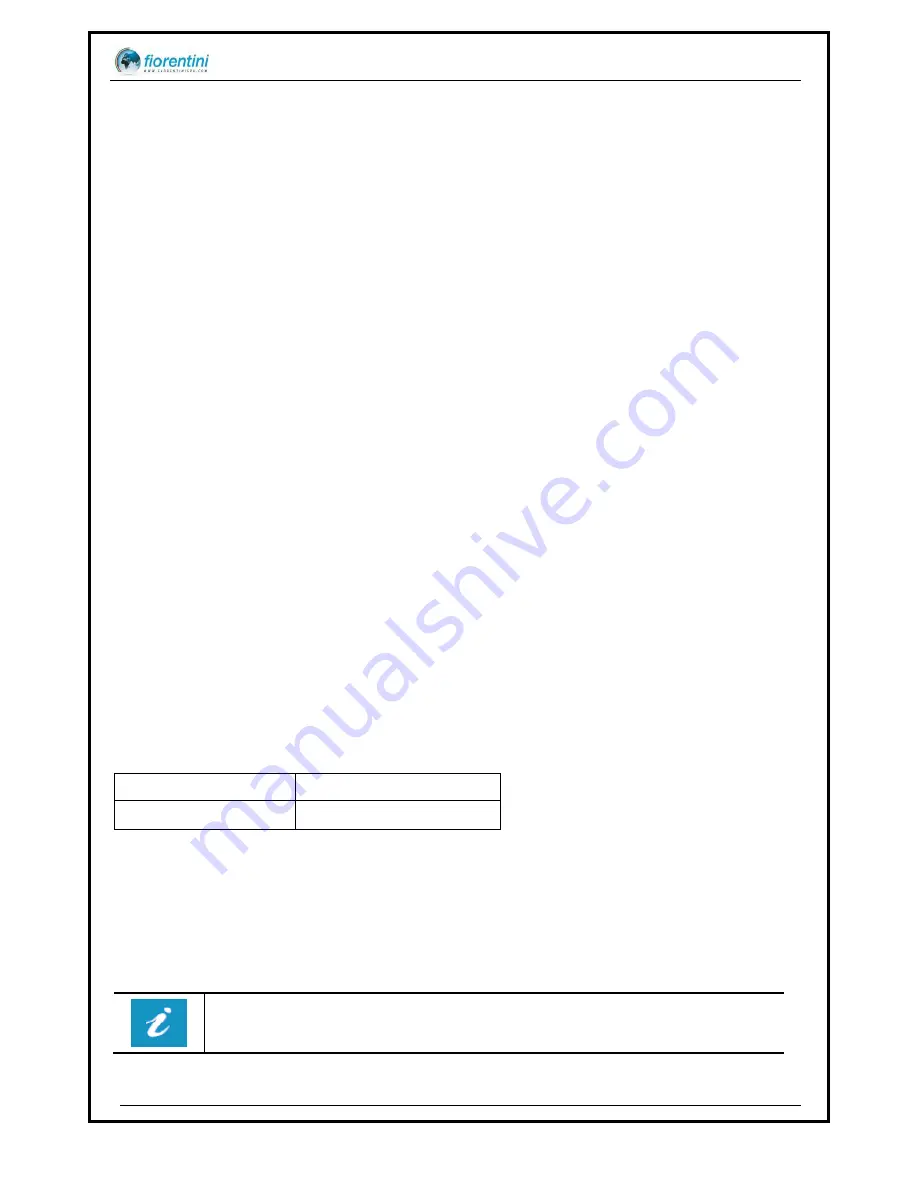
MAINTENANCE
ECOMINI
Rev. 000
18/09/2017
30/37
5.2.1 HYDROMETRY
The battery charge state should be checked while the batteries are charging by using a hydrometer. Proceed
as follows:
By using a syringe hydrometer draw a small quantity of electrolyte to cause the float to rise to the
surface;
Make sure that its top does not touch the rubber bulb or stick to the glass walls under the effect of
capillarity.
For hydrometric measurements, after adding distilled water wait for density to become homogeneous
throughout the volume of liquid contained in the element.
5.2.2 WATER TOP-UPS
Add distilled water to each battery cell before charging to bring liquid level to 6 mm above the
plates.
This operation should be repeated whenever the level goes down, or in any case, at no more
than one week's intervals.
5.2.3 CHARGE LIMITS
Battery charging is not necessary if, at end of a day's work, hydrometric values have not gone below 1.24
(28 Bè). The highest recommended temperature is 45°C. If the electrolyte temperature is 10/12 °C higher
than the environment temperature, the batteries could overcharge
regardless of the actually reached temperature.
5.2.4 STANDBY OR INACTIVE BATTERIES
Inactive batteries will lose their charge spontaneously (self discharge). If a battery inactivity period is
expected, carry out the following operations:
Charge the batteries once a month by selecting a "charge end" current intensity, until
considerable gas development is observed in all the cells, and voltage and specific gravity
readings remain constant for 3-4 hours;
This should also be done if specific gravity measurements are high. Store inactive batteries in a
dry place
5.2.5
BATTERY CHARGER TECHNICAL FEATURES
The battery charger must have the characteristics listed below and be up to the following standards and
regulations:
INPUT
240V, 50-60Hz
OUTPUT
V24, 3A
Directive:
Electromagnetic compatibility 2004/108/EEC
Low voltage 2006/95/EEC
N.B.
The operator must refer to the battery charger user manual for maintenance and inspection instructions
in case of any problems experienced with batteries.
Check recommended battery specifications in section 2.3 TECHNICAL DATA SHEET.

